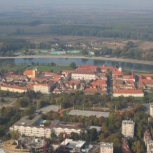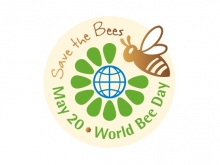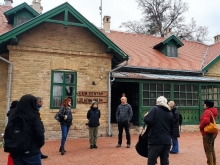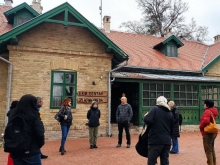
Osijek
Osijek, located in the Pannonian basin, is the fourth largest city in Croatia and the largest in the Eastern part of the country. It is the administrative, economic, educational and cultural center of Osijek-Baranja County, as well as of the historic region of Slavonia.
The history of the city is well presented by its historic remains and architectural monuments dating back to the prehistoric times and the Roman times (archaeological sites), to the Middle Ages and the Baroque (the Fortress remains) as well as to the Historic and Art Nouveau streets in the present-day city centre. Currently around 18,000 students attend the 17 faculties/departments of the Josip Juraj Strossmayer University of Osijek.
Osijek used to be one of the strongest industrial centres of Croatia in the 19th and 20th century. However, in the last decade of the 20th century Osijek was seriously shaken during the Homeland war (1991-1995), which caused a serious setback in the development of the city. The population of the city is 108.048 (Census 2011), but, just like all around Croatia, the number of Osijek population is slightly decreasing, primarily due to young people moving to West-European countries. Osijek has traditionally been a university city, higher education facilities dating back 300 years ago. Nowadays it is much less of an industrial city, currently transitioning towards the smart city. Although Osijek, with slightly above the average national development index, does not belong to the most advanced Croatian cities, its IT industry has experienced a very strong growth, and with the new IT Park and future IT incubator/accelerator building it is expected to boost even more. The number of software development companies in Osijek-Baranja County (by farthest most numerous in the city of Osijek) in the period 2008-2018 increased by 166%, the total number of employees by 163%, total revenues by 188%, while revenues from abroad and overseas sales increased by 582%.
Osijek is primarily a green city, located on the banks of river Drava, with numerous green areas around (1,750 ha of forest areas) and within the city (17 parks and 2 urban forests). In the vicinity there is Kopački Rit Nature Park, placed in the corner formed by the rivers Danube and Drava. As one of the best-preserved floodplains in Europe, it is a very significant example of biodiversity, widely known as a habitat for numerous waterfowl birds, population of a common dear and white-tailed eagle. All this Osijek / Drava - Danube area belongs to Natura 2000 and Drava-Mura Regional Park, which is a part of Mura-Drava-Danube Biosphere Reserve designated by UNESCO on the 15th of September 2021 and popularly called the Amazon of Europe.
As the city is located in a fertile area, agriculture is also very significant and also beekeeping and honey production. BeePathNet-Reloaded project will include Osijek into the network of “bee-friendly cities”. The implementation of this project is influencing the Strategy of Green Infrastructure for the upcoming period, which the City is currently elaborating. The project will raise the awareness of the citizens on importance of bees for biodiversity and as indicators of clean and healthy environment, and for survival in general. It will also promote the local beekeepers and local eco-friendly honey-production, popularize it for youth and all the citizens of Osijek and surroundings. The issues and challenges of keeping bees in urban areas will be addressed and promoted, along with creation of green rooftops, hanging gardens and bee-hives in urban areas (to be piloted in Osijek Cultural Centre).
SOME RELATED NETWORKS
BeePathNet Reloaded
Urban Green Labs
Article
Celebrating World Bee Day 2022 under the motto “Bee Engaged: Celebrating the diversity of bees and beekeeping systems”
Article
The second newsletter is all abuzz about Biodiversity
Article
Biodiversity in cities depends on pollinators as much as on responsible residents
News







